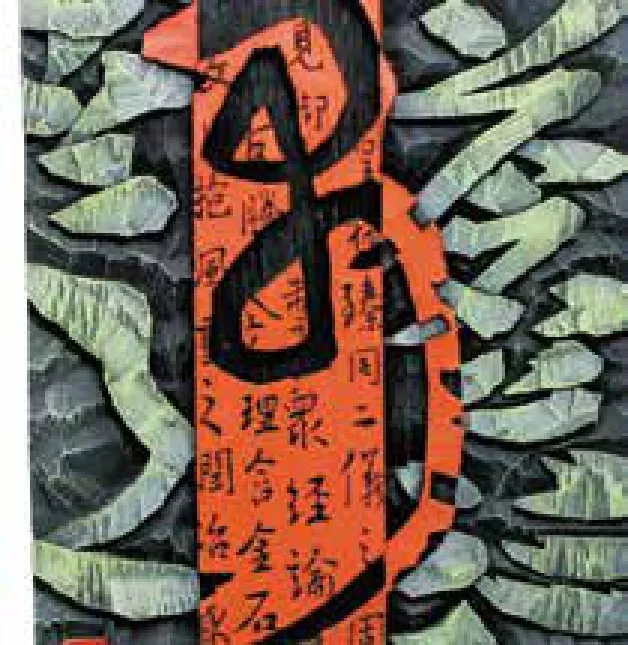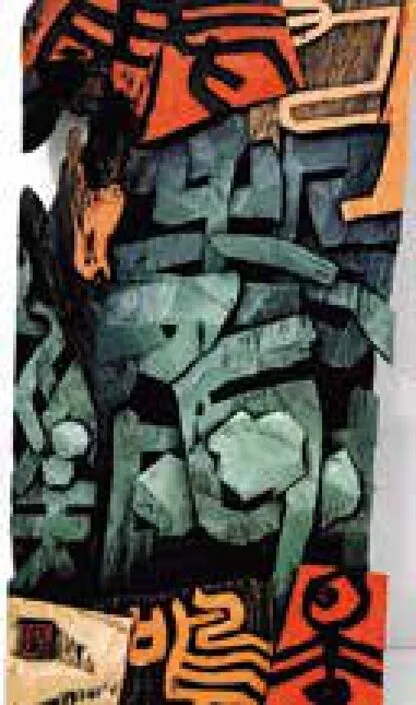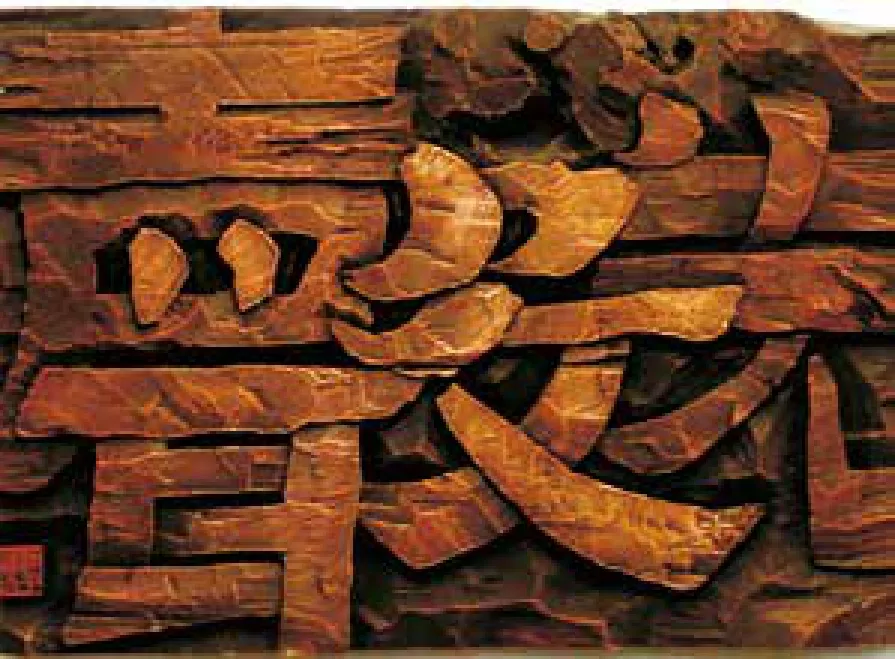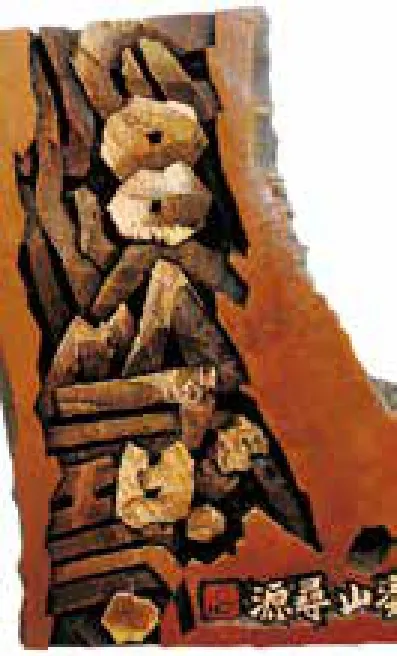Artist Pioneers in New Woodcarving
2016-03-18ByFengYaqin
By Feng Yaqin
Artist Pioneers in New Woodcarving
By Feng Yaqin
In 2015 Xu Leping held two exhibitions simultaneously in Lin’an. One was at the art room of the CPPCC Lin’an chapter and the other at the library of Zhejiang Agriculture & Forestry University. Both venues are in Lin’an, a county-level city about 50 kilometers west of the downtown Hangzhou.
The exhibitions showcased his unique art of woodcarving, which is brand new in China. Traditional artists carry out their carving on stone seals, on rocks in mountains and on metals. They are also calligraphers. Usually they just carve Chinese characters. And traditional woodcarving artists create vivid images and decorative pieces and they usually don’t cross the line to carve Chinese characters. Xu integrates the two and carves calligraphy on woodblocks.
The 54-year-old Xu has his ancestral roots in a village of Lin’an. His art has a lot to do with his passion with the local natural beauty. While in middle school, he discovered his aptitude for art. After the middle school, he came back to the village and worked as a farmer. He was recommended to study art at the county’s cultural center. Excitedly, he studied the basics of art and practiced diligently. Hiscapability to draw was noticed after he joined the military. After receiving awards for his work in the military, he knew art was to be his lifetime passion.






(左上起,顺时针)书刻作品《半间草舍》《苍茫万古意》《鹤鸣九皋,声闻于天》《溪山寻源》《先声》《高文尊楚辞》F i v e C h i n e s e character sculptures by Xu Leping
After he left the army and came back to Lin’an, he worked as an art designer for the local theater. He drew posters and stage sceneries. In his spare time, he began to systematically study calligraphy, seal engraving, prints, paper-cutting and fabric art. He has been practicing all these for about 30 years.
Looking back at his career and enthusiasm for a lot of things in art, he describes himself as an artist of wide interests, various capabilities and solid training. As reform and opening up unfolded far and wide in the 1980s, he started up his own business, which has had everything to do with his art. While business makes his living, art inspires his life.
About ten years ago, he turned to carving Chinese characters on wood. He found himself at home with the skills he had acquired through calligraphy and woodcarving. He developed a passion for the new genre. In the first few years, he tried his ideas and practiced. He collected good phrases, words, inscriptions that can be carved onto woodblocks. And he looked around for suitable woodblocks. Over years, he has learned to carve words and design the composition. His art has matured. “Every woodblock has a life and engraved characters have a soul. The art is about passion, and calligraphy,“ observes Xu.
“I am not a master. A master has a unique style and a system of aesthetics. I let my caprice go wild,” says Xu. His evaluation of himself doesn’t seem exactly accurate. He is one of China’s best artists in this field of calligraphy carved on woodblocks.
The two exhibitions marked a new period of his creativity in this career. He has published two books to display the two aspects of his exploration of the beauty in this special field. Ink Traces and Blade is a collection of his sculpted characters on woodblocks. Most of the works are about Chinese characters. Xu’s formula includes traditional word carving, seal engraving and woodblock printing. His traditional Chinese characters are flat on a woodblock, yet they have three dimensions and they are in colors. Some of his works have been published in newspapers and art magazines. Some have been in exhibitions and some have won awards at home and abroad. Building Blocks of Calligraphy Carving reflects his theoretical explorations into this new and ancient art. In the book, he talks about the joy and satisfaction he gets from carving on woodblocks.
Xu says calligraphy carving on woodblocks can be traced back to ancient seal art in China. However, the modern renaissance started in Japan. Over the past 30 years, Chinese artists have been doing it seriously. It is not yet a full-fledged art. It is hard to say how influential it is worldwide, but in Japan, China, South Korea, Singapore, Malaysia, it is flourishing.
And flourishing is what he expects. He teaches this art in the hope of having more people take interest the artistic expressions and displays what Chinese characters can do. The art shows a beauty of ancient classics and romance with Chinese characteristics.
